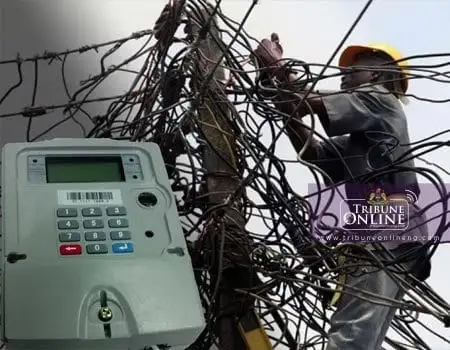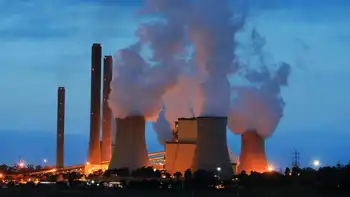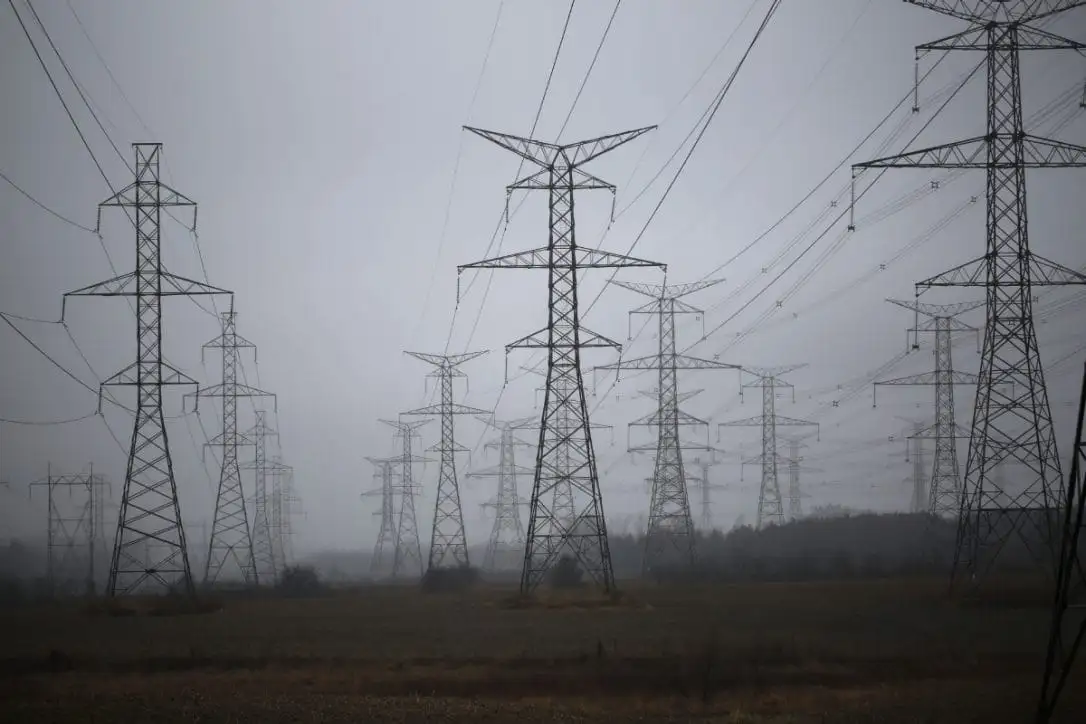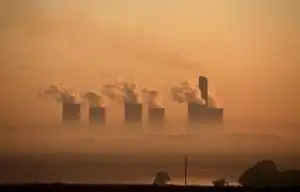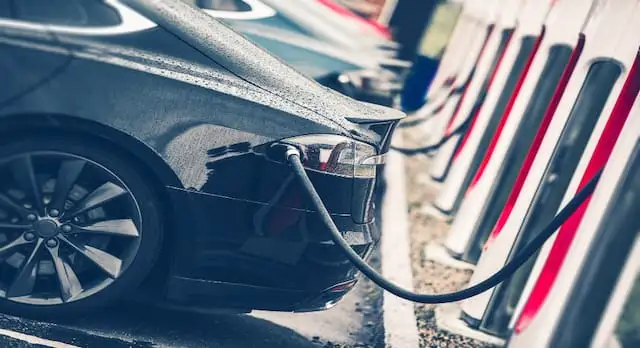USA Looks to Canada for Green Power
CSA Z463 Electrical Maintenance
Our customized live online or in‑person group training can be delivered to your staff at your location.

- Live Online
- 6 hours Instructor-led
- Group Training Available
North American Clean Energy Trade expands via Canadian hydropower exports, cross-border transmission lines, and climate policy alignment under the Paris accord and Clean Power Plan, lowering carbon emissions across the U.S., Canada, and Mexico.
Key Points
Cross-border trade where Canada supplies hydropower via new lines to the U.S. and Mexico, cutting carbon.
✅ Canadian hydropower offers surplus, low-carbon baseload.
✅ New transmission lines enable scalable cross-border imports.
✅ Policies align under Paris accord and Clean Power Plan.
Free trade in North America has become a contentious issue this year, thanks to attacks by Donald Trump on a wide-reaching agreement implemented by the U.S., Canada and Mexico in 1994, and rising tariff threats.
But even as the pros and cons of the North American Free Trade Agreement continue to be debated in the U.S. election campaigns, new opportunities for commerce among the three countries are emerging, including opportunities in energy.
Among the biggest openings involves imports of clean electricity from Canada, where hydropower provides the bulk of the nation’s power supply, with plenty to spare, including Labrador power flowing through Quebec.
Electricity harnessed from dams and reservoirs in Quebec, Manitoba, Ontario and British Columbia accounted for 63% of Canada’s electricity supply in 2015, with nuclear energy following at 13%, and wind energy way behind but growing at 2%.
All told, 83% of Canada’s electric generation is emission-free, compared to 32% for power supplies in the U.S. and 25% for those in Mexico, according to Sergio Marchi, the president and CEO of the Canadian Electricity Association.
“We are keen to share that resource wealth with our friends to the south,” Marchi said the other day at a forum on cross-border electricity trade at the Canadian Embassy in Washington.
As the head of a trade group that represents the electricity business in Canada, Marchi obviously has a vested interest in promoting sales in the U.S. Nevertheless, the timing seems right to look increasingly to our neighbor for more green power.
For starters, the U.S. and Canada, not to mention Mexico, are all committed to reducing their carbon emissions under the global climate accord struck in Paris last year. That could change, of course, if Trump is elected and he follows through on his pledge to reverse President Obama’s climate commitments, whereas some analysts argued that Biden and EVs would be better for Canada’s energy sector.
At a North American leaders’ summit in Ottawa in June, Obama joined Canadian Prime Minister Justin Trudeau and Mexican President Enrique Peña Nieto in announcing a goal of 50% clean power generation for the three countries by 2025.
Among their proposals for achieving that goal is approving new cross-border transmission projects involving renewable energy, even as trade tensions have prompted threats to cut U.S. electricity exports.
The Obama administration’s Clean Power Plan, which seeks to curb electric-utility carbon emissions by 32% by 2030, provides added incentives for some states to look north of the border for electricity options, although the policy is being challenged in court by 27 states, even as Canada’s electricity exports are at risk amid growing trade tensions.
“It’s become abundantly clear that clean energy is the future,” Marchi said. “As such, it will define our industry and our economy and indeed our very way of life as North Americans.”





